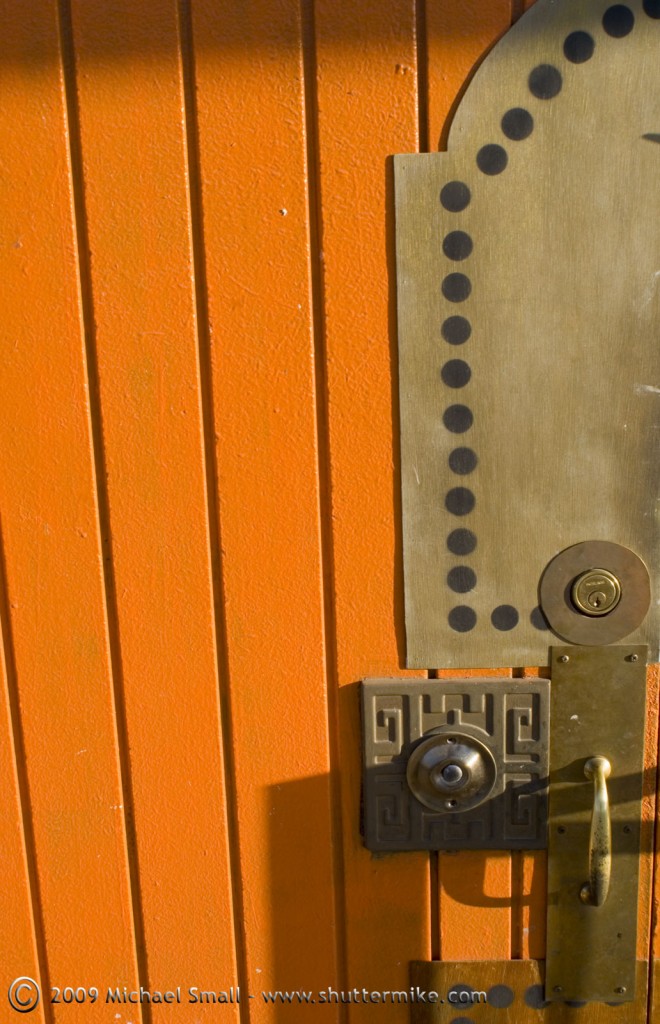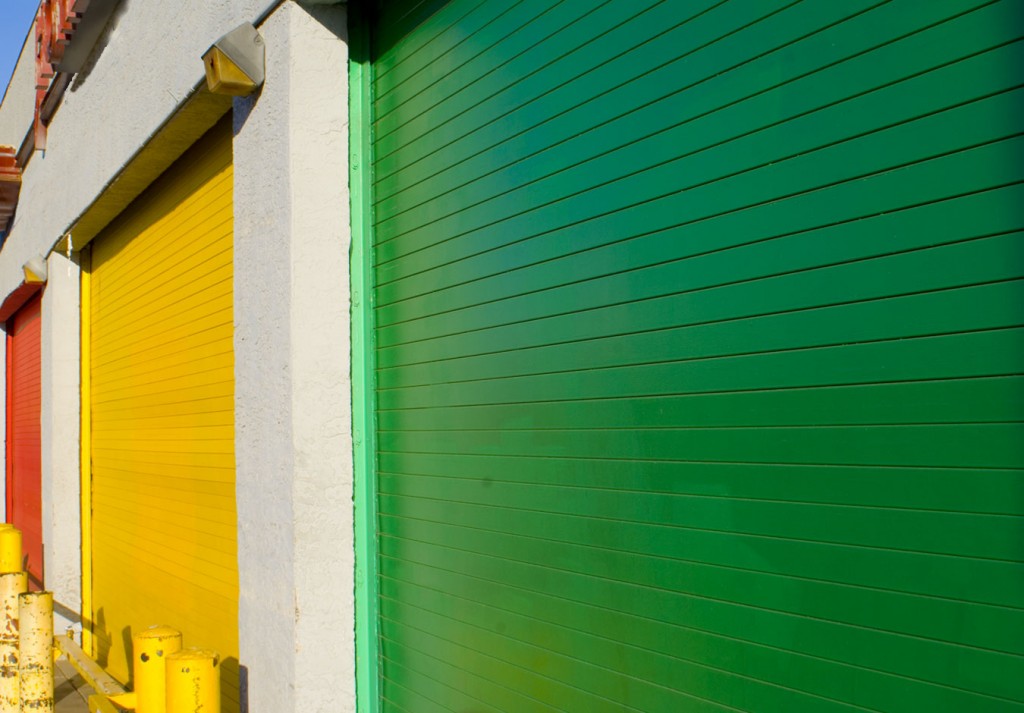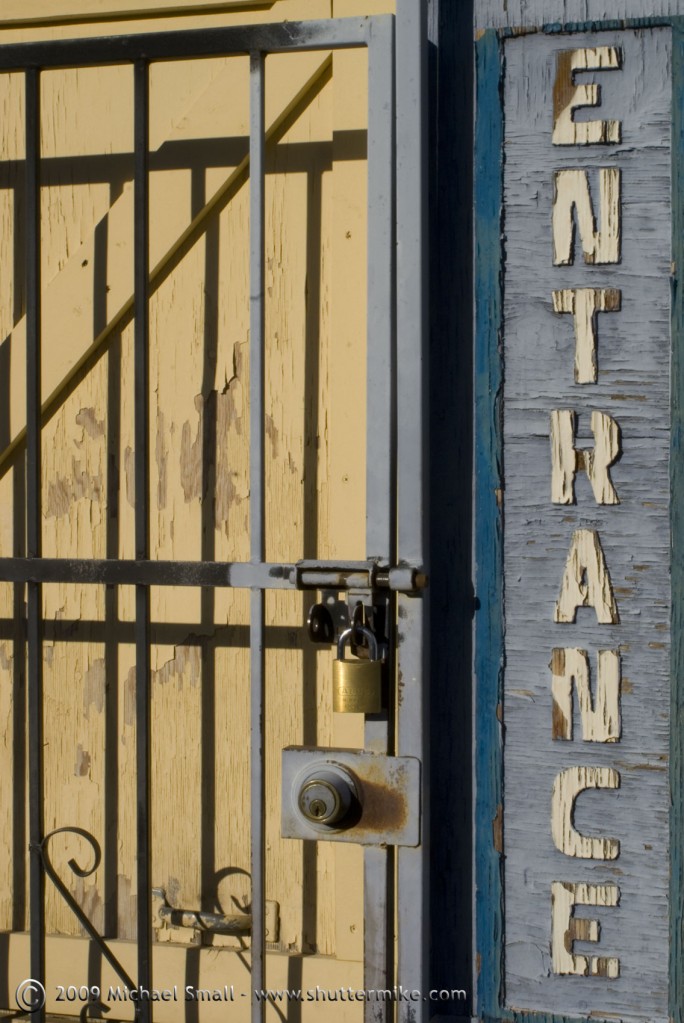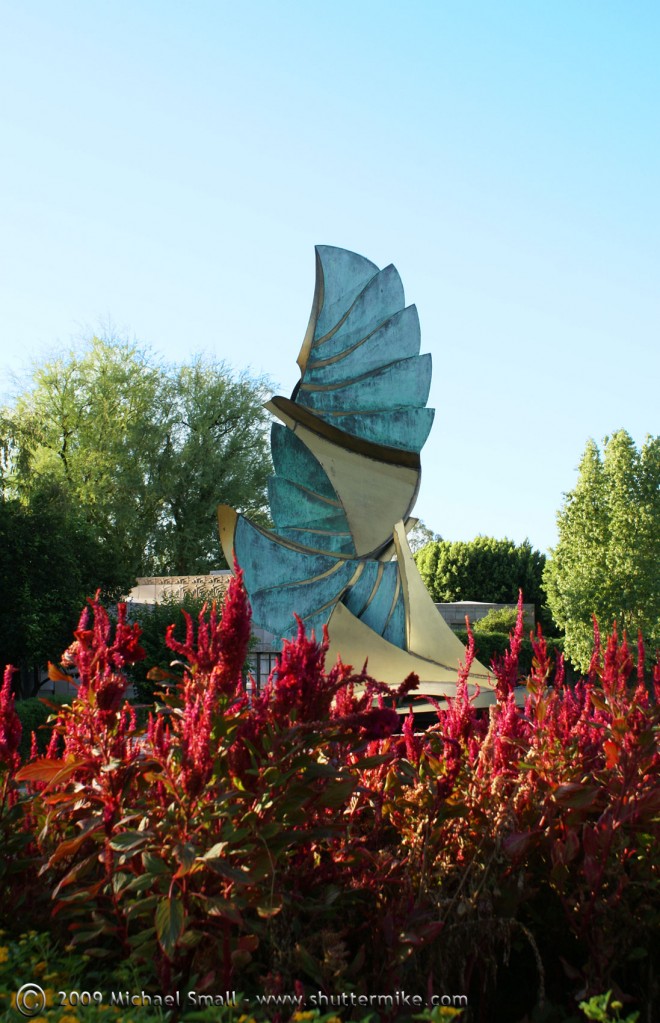
Phoenix Rising Out of the Flames
f/8 – ISO 100 – Focal Length 28 mm
I posted an image of the Wings of Phoenix Sculpture at the Arizona Biltmore Resort in Phoenix, AZ from a different angle in a past Photo of the Day. But from this angle the red flowers at the base of the statue really look like flames. So the story of the mythical bird rising out of the flames comes to life.
These photos were for a project I did on color. They represent several of the concepts I wrote about in the post 5 Ways to Use Color in Your Photography, including complimentary and analogous.
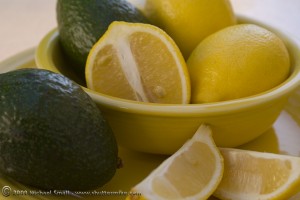
Lemons and Avacados
Analogous colors of green and yellow
f/5.6 – 1/160 sec – ISO 200 – Focal Length 55 mm
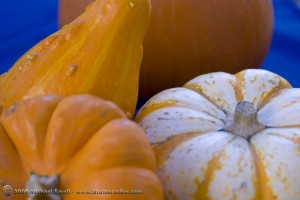
Fall Gourds and Pumpkins
Complimentary Colors of orange and blue
f/5.6 – 1/160 sec – ISO 200 – Focal Length 60 mm
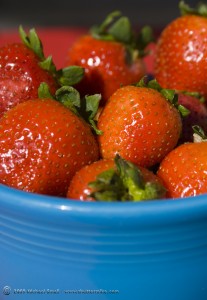
Strawberries in a Bowl
Complimentary Colors of red and cyan
f/8 – 1/400 sec – ISO 100 – Focal Length 50 mm
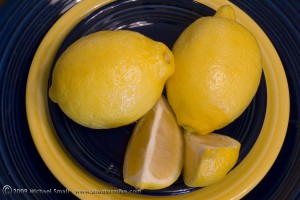
Lemons on Blue
Complimentary Colors of blue and yellow
f/16 – 0.4 sec – ISO 400 – Focal Length 70 mm
 For this post, when I talk about color in photography I am not talking about using color film vs black and white film (or changing a digital setting to black and white). Although the choice between shooting in color or black and white can be a critical one, this post is about using color to enhance your composition and even as the subject of your photograph. For many amateur photographers we don’t often think about the mechanics of color when shooting, but all those technical details can really help make or break an image.
For this post, when I talk about color in photography I am not talking about using color film vs black and white film (or changing a digital setting to black and white). Although the choice between shooting in color or black and white can be a critical one, this post is about using color to enhance your composition and even as the subject of your photograph. For many amateur photographers we don’t often think about the mechanics of color when shooting, but all those technical details can really help make or break an image.
First things first, you probably remember the color wheel from your art classes in elementary school. The color wheel is the basis of how colors relate to one another. The official definition (via Wikipedia) is:
An abstract illustrative organization of color hues around a circle, showing relationships between colors considered to be primary colors,secondary colors, complementary colors, etc.
Keeping the color wheel in mind there is a lot you can do with the composition and subject of your photographs. Here are 5 ways to experiment with color next time you are shooting.
1. Monochromatic
 In a monochromatic image one color is used in varying degrees of saturation (the intensity of a color) and lightness, or shade. This results in several contrasting shades of the same color in your photograph. Look for a scene with one central color, blue for example. Factors such as the lighting can influence the shade of that color and make for a more interesting image. Avoid the obvious such as a photograph of the sidewalk. Yes, that will result in a monochromatic photo, but the excessive lack of contrast can make for a boring photograph. Using some creativity and your photographer’s eye you are sure to find a subject with varying shades of one color that make the photo both monochromatic and interesting.
In a monochromatic image one color is used in varying degrees of saturation (the intensity of a color) and lightness, or shade. This results in several contrasting shades of the same color in your photograph. Look for a scene with one central color, blue for example. Factors such as the lighting can influence the shade of that color and make for a more interesting image. Avoid the obvious such as a photograph of the sidewalk. Yes, that will result in a monochromatic photo, but the excessive lack of contrast can make for a boring photograph. Using some creativity and your photographer’s eye you are sure to find a subject with varying shades of one color that make the photo both monochromatic and interesting.
2. Analogous
 Analogous refers to two or more colors that are next to each other on the color wheel. Yellow and yellow-green for example. One color tends to be the dominant color in the image while the other(s) are used to enrich the overall image. An analogous photograph is similar to the monochromatic one, but offers more variation in color and tone. If you take your time you can find analogous subjects to photograph in both nature or the man-made environment. You could also set up your own scene and experiment with different analogous color schemes.
Analogous refers to two or more colors that are next to each other on the color wheel. Yellow and yellow-green for example. One color tends to be the dominant color in the image while the other(s) are used to enrich the overall image. An analogous photograph is similar to the monochromatic one, but offers more variation in color and tone. If you take your time you can find analogous subjects to photograph in both nature or the man-made environment. You could also set up your own scene and experiment with different analogous color schemes.
3. Complimentary
 Colors that compliment each other are opposite each other on the color wheel. Red and green or violet and yellow for example. When colors are opposite each other they are thought to be in balance when they appear together. The intensity of each color is also increased when complimentary colors appear next to each other. This is referred to as simultaneous contrast. You can easily set up a scene to capture complimentary colors by gathering some objects and arranging them together for your photograph. Or challenge yourself and head out to find complimentary colors in your everyday environment.
Colors that compliment each other are opposite each other on the color wheel. Red and green or violet and yellow for example. When colors are opposite each other they are thought to be in balance when they appear together. The intensity of each color is also increased when complimentary colors appear next to each other. This is referred to as simultaneous contrast. You can easily set up a scene to capture complimentary colors by gathering some objects and arranging them together for your photograph. Or challenge yourself and head out to find complimentary colors in your everyday environment.
4. Color and Light
The source of the light you are shooting in can have a dramatic impact on how color is perceived. The intensity of sunlight, for example, differs by hour of the day and time of year. Early morning and late afternoon light is much warmer (red) than midday light which is cooler (blue). Shooting the same subject in varying natural light will impact the colors of that subject. Other lighting sources, such as shade, florescent and tungsten bulbs and even flash can all result in the same color appearing very different in your photograph.
A great way to get a feel for the impact different light sources can have on your subject is take one (portable) solid colored subject and photograph it in varying light sources. Shoot it in the morning and again at midday and at sunset. Then move it indoors and shoot under regular household light (usually tungsten). The tone and intensity of the color will vary, sometimes greatly, depending on your light source.
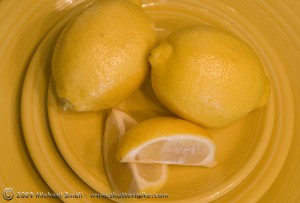

Top – Tungsten Light Source Bottom – Sunlight at Mid-Afternoon Light Source
5. Color as the Subject
 Once you have an understanding of the color wheel and the various ways in which colors relate to each other you can step your photography up a notch and try getting artsy. One possibility is to use color itself as the subject of your photograph. Although there can still be a physical object in the photograph,work with the color itself making it the primary focus of the photograph. Use different tones, light intensities and complimentary, monochrome and analogous colors to create the image and see what you come up with.
Once you have an understanding of the color wheel and the various ways in which colors relate to each other you can step your photography up a notch and try getting artsy. One possibility is to use color itself as the subject of your photograph. Although there can still be a physical object in the photograph,work with the color itself making it the primary focus of the photograph. Use different tones, light intensities and complimentary, monochrome and analogous colors to create the image and see what you come up with.
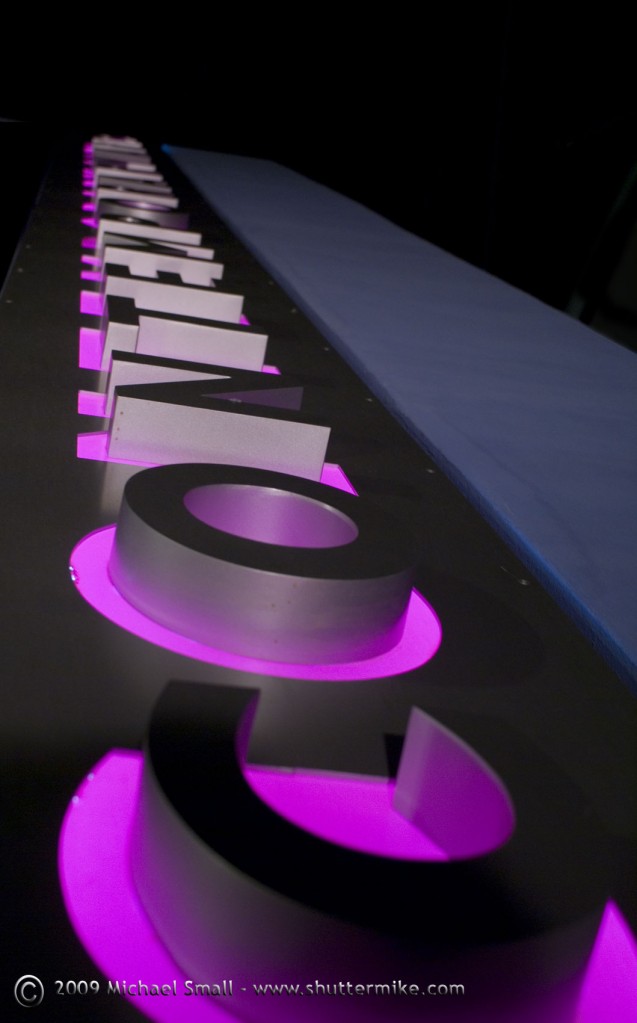 Mesa Arts Center – Contempoary
f/5 – 1/15 sec – ISO 200 – Focal Length 30 mm
Mesa Arts Center – Contempoary
f/5 – 1/15 sec – ISO 200 – Focal Length 30 mm
I have said this before about the Mesa Arts Center, but it is absolutely one of my all time favorite Phoenix area photography spots. Every time I go I see something new or in a new way. The colors, textures and light – both night and day – are awesome. I did a little research on the architect, Michael Tingley of Boora Architects, to see what some of his other work looks like. Unfortunately there is nothing else in Arizona, but he has done a number of arts centers across the US including these:
- Collin County Arts Center, Plano, TX
- Portland Institute for Contemporary Art Temporary Theater, Portland, OR
- University of New Mexico Fine Arts Center Renovation, Albuquerque, NM
- Macalester College, Janet Wallace Fine Arts Center Renovation, St. Paul, MN
- UC Santa Cruz Arts Facilities Improvements, Santa Cruz, CA
- University of California, Riverside Fine Arts Building, Riverside, CA
If you have any interest in photography you undoubtedly know who Ansel Adams is. His landscape photography, particularly of the Southwestern US, is world renowned. So if you are in the Southwest between now and February 14, 2010 you have a great opportunity to check out an exhibit at the Tucson Museum of Art featuring more than 100 of his photographs.
Ansel Adams has ties to Tucson through the Center for Creative Photography that he co-founded at the University of Arizona in 1975. A trip to Tucson to see the exhibit and then take in the Center for Creative Photography would be well worth it. If you have extra time to spend in Tucson bring your camera and check out some of these top spots for photography in Tucson.
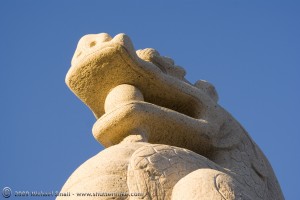
Phoenix may not be the first place you think of for Chinese American culture. In fact, you might be hard pressed to find much beyond the typical restaurant. There is however, a small oasis of Chinese culture in the desert. The Chinese Cultural Center at 44th St. and the 202 Red Mountain Freeway is made up of several Chinese restaurants and shops as well as a garden. The architecture of the center is classic Chinese – picture San Francisco’s China Town. The garden is nicely laid out with statues, replica temples, ponds and paths. For being on a busy Phoenix street, it is even rather tranquil.
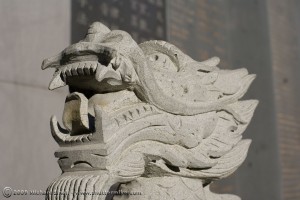 f/6.3 – 1/1600 sec – ISO 200 – Focal Length 35 mm
f/6.3 – 1/1600 sec – ISO 200 – Focal Length 35 mm
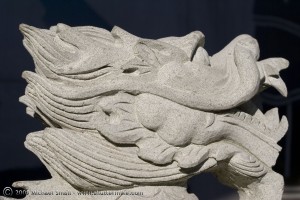 f/6.3 – 1/1000 sec – ISO 200 – Focal Length 45 mm
f/6.3 – 1/1000 sec – ISO 200 – Focal Length 45 mm
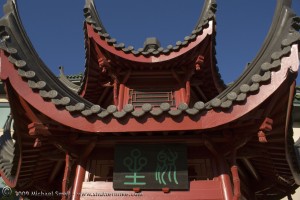 f/4.5 – 1/1000 sec – ISO 200 – Focal Length 18 mm
f/4.5 – 1/1000 sec – ISO 200 – Focal Length 18 mm
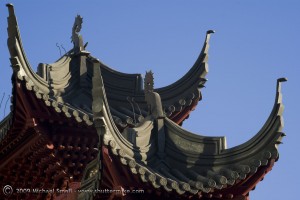 f/13 – 1/80 sec – ISO 100 – Focal Length 100 mm
f/13 – 1/80 sec – ISO 100 – Focal Length 100 mm
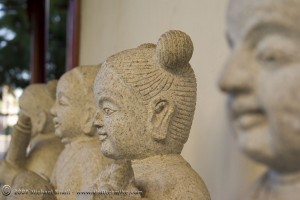 f/5.6 – 1/40 sec – ISO 100 – Focal Length 55 mm
f/5.6 – 1/40 sec – ISO 100 – Focal Length 55 mm
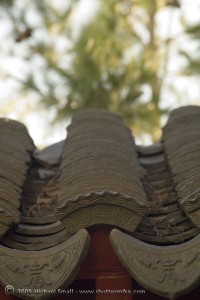
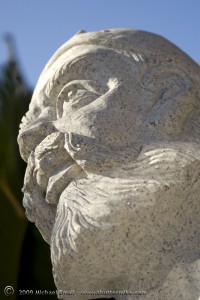 Left Photo: f/7.1 – 1/160 sec – ISO 400 – Focal Length 135 mm
Right Photo – f/5.6 – 1/320 sec – ISO 100 – Focal Length 70 mm
Left Photo: f/7.1 – 1/160 sec – ISO 400 – Focal Length 135 mm
Right Photo – f/5.6 – 1/320 sec – ISO 100 – Focal Length 70 mm





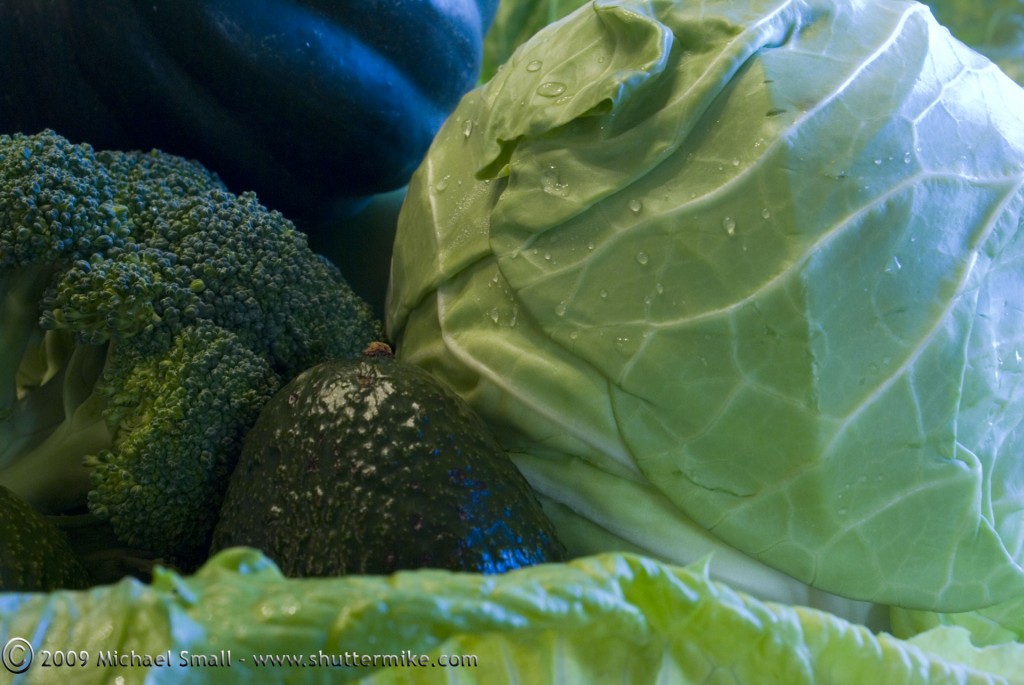
 For this post, when I talk about color in photography I am not talking about using color film vs black and white film (or changing a digital setting to black and white). Although the choice between shooting in color or black and white can be a critical one, this post is about using color to enhance your composition and even as the subject of your photograph. For many amateur photographers we don’t often think about the mechanics of color when shooting, but all those technical details can really help make or break an image.
For this post, when I talk about color in photography I am not talking about using color film vs black and white film (or changing a digital setting to black and white). Although the choice between shooting in color or black and white can be a critical one, this post is about using color to enhance your composition and even as the subject of your photograph. For many amateur photographers we don’t often think about the mechanics of color when shooting, but all those technical details can really help make or break an image.






